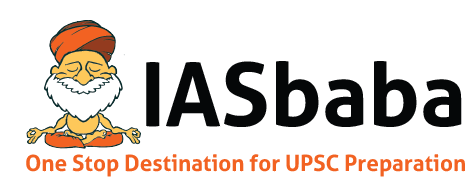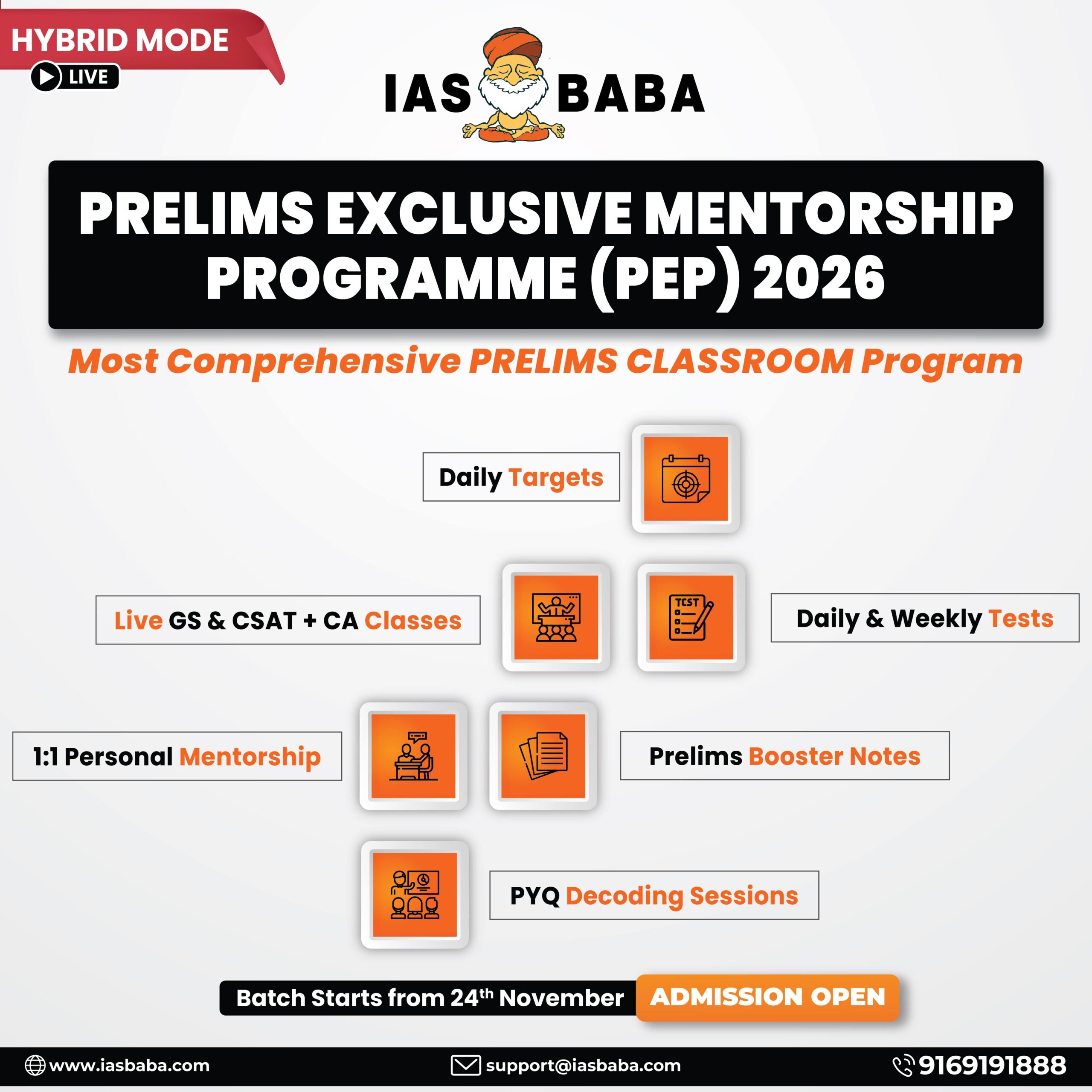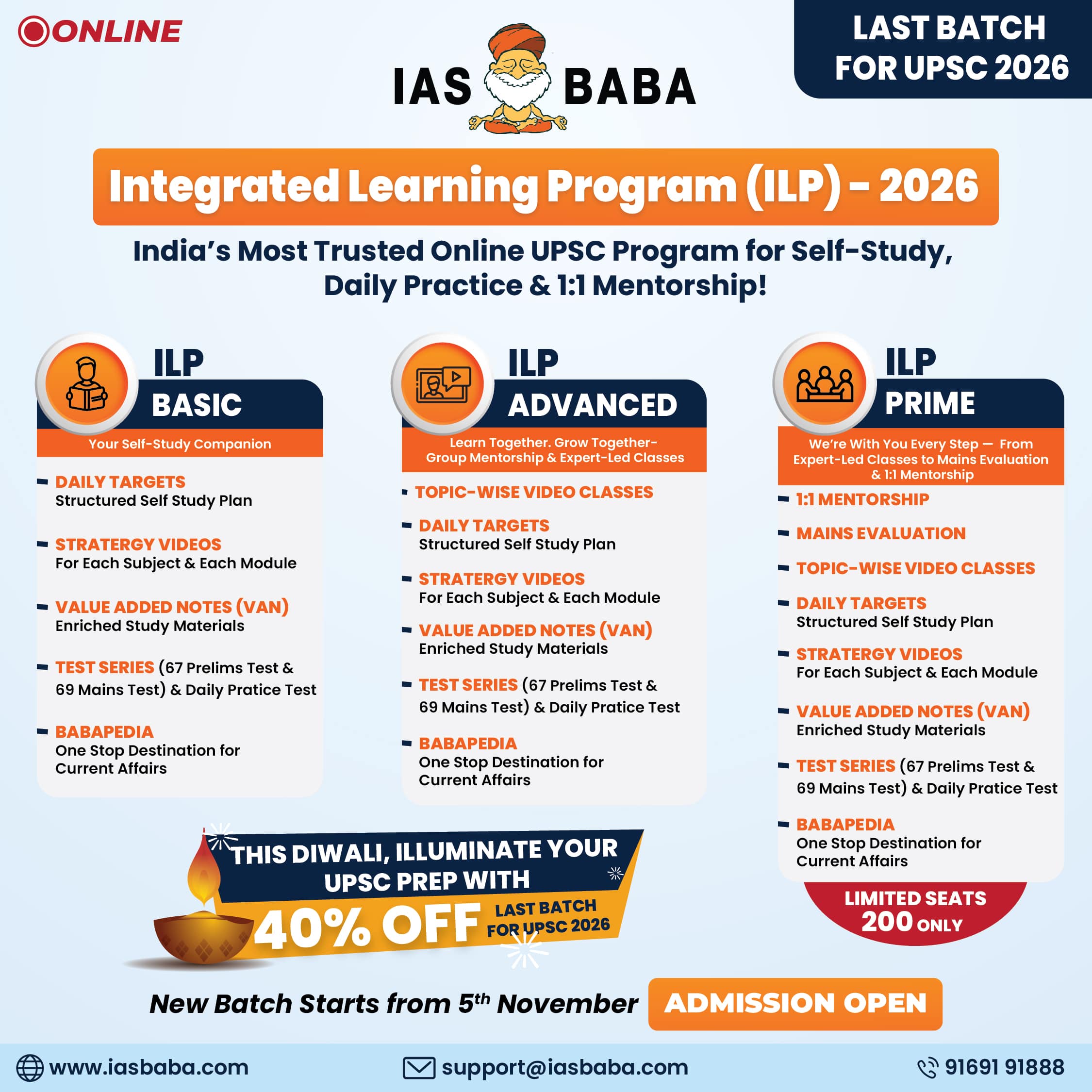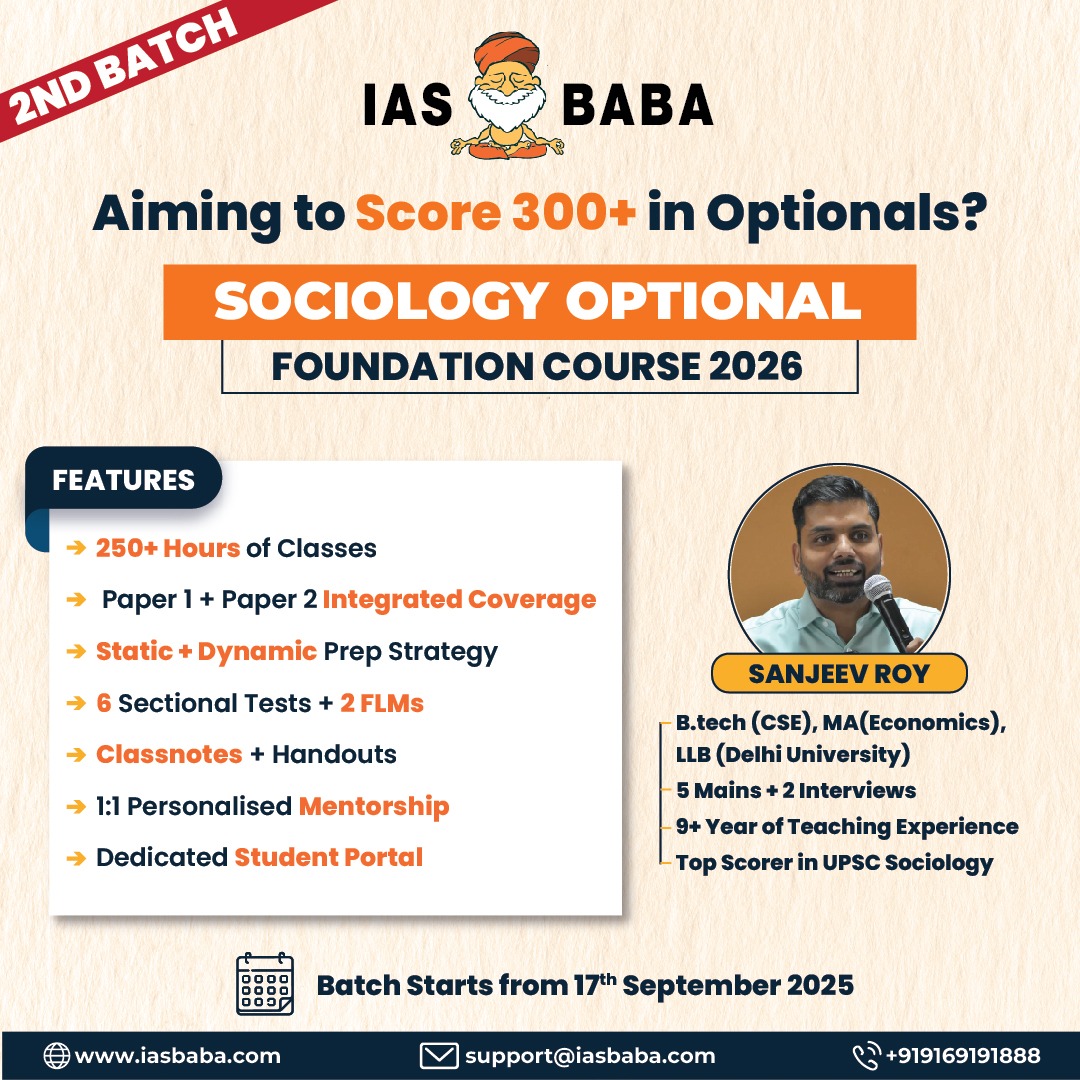Ethics Theory, TLP-UPSC Mains Answer Writing
Q.5. “Attitude shapes our behaviour”. In this context, examine the relationship between attitude and behaviour. What factors can lead to divergence between them? (150 words , 10 marks)
Introduction
Attitude reflects one’s internal disposition towards people, situations, or ideas, while behaviour is the external expression of that disposition.The relationship between attitude and behaviour is often influenced by situational and psychological factors.
Body
Relationship between attitude and behaviour:
- Guides Action: A positive attitude promotes proactive and constructive responses to challenges.
Example: An empathetic officer ensures timely welfare delivery during disasters. 2. Cognitive Consistency: People act in ways that align with their core beliefs to maintain internal harmony.
Example: Gandhi’s belief in non-violence shaped his peaceful resistance movement. 3. Value Reflection: Strong, deeply held attitudes often show up in consistent, habitual behaviour.
Example: A teacher valuing equality ensures inclusive classrooms without reminders.
Causes of Divergence:
- Social Pressure: People may act against beliefs to conform or avoid conflict. Example: Ashok Khemka resisted corruption, unlike peers who stayed silent to fit in.
IASBABA’S SANKALP/TLP DAILY ANSWER WRITING CHALLENGE DAY 2 SYNOPSIS
- Fear of Consequences: Concern for safety or career may override moral conviction. Example: Some civil servants followed unethical orders fearing political backlash. 3. Weak Conviction: Superficial attitudes collapse under pressure or convenience. Example: Youth who support sustainability may still choose fast fashion for ease. 4. Dissonance: People justify actions that contradict their beliefs to reduce inner conflict.
Example: Dominic Cummings broke lockdown rules but justified it as necessary. 5. Practical Limits: Situational barriers may prevent action aligned with one’s values. Example: Some whistleblowers stayed silent fearing job loss or retaliation. 6.
Conclusion
The attitude-behaviour link is central to understanding moral agency. To bridge divergence, one must cultivate moral courage, deepen self-awareness, and build ethical resilience. As Aristotle said, “We are













